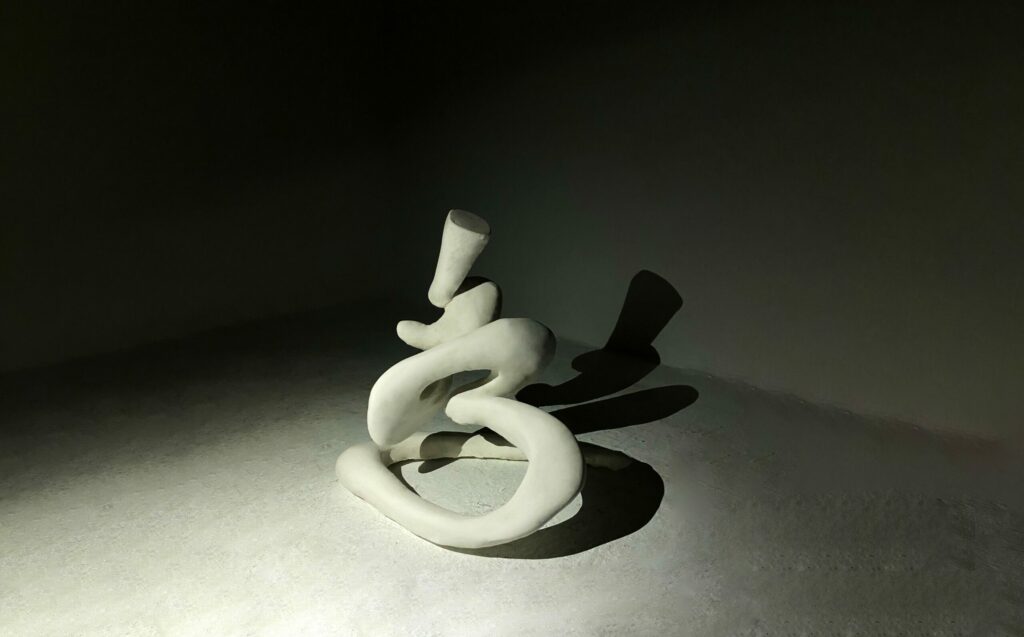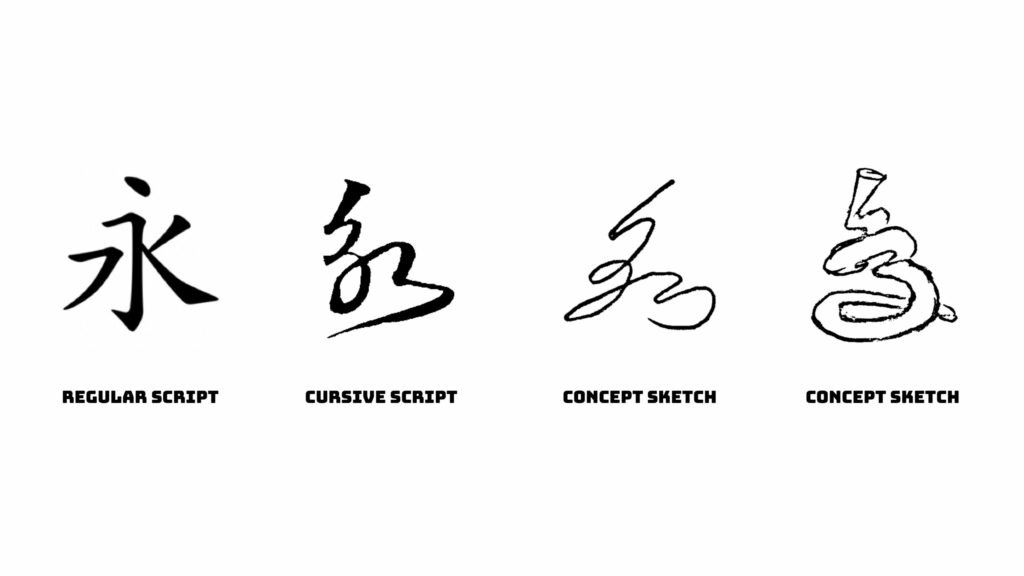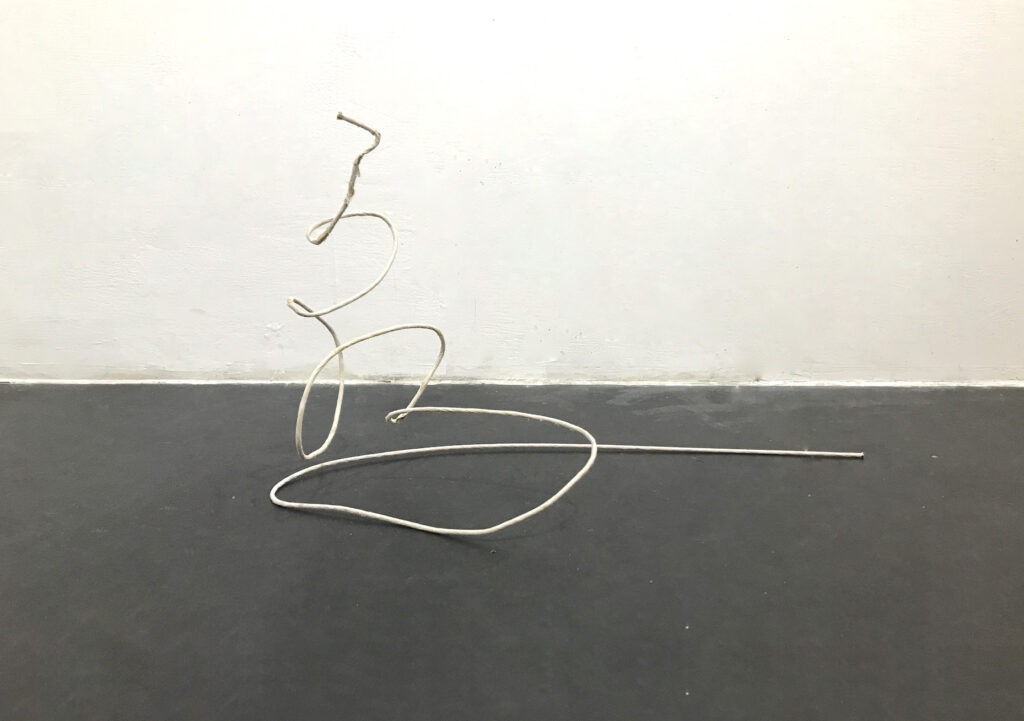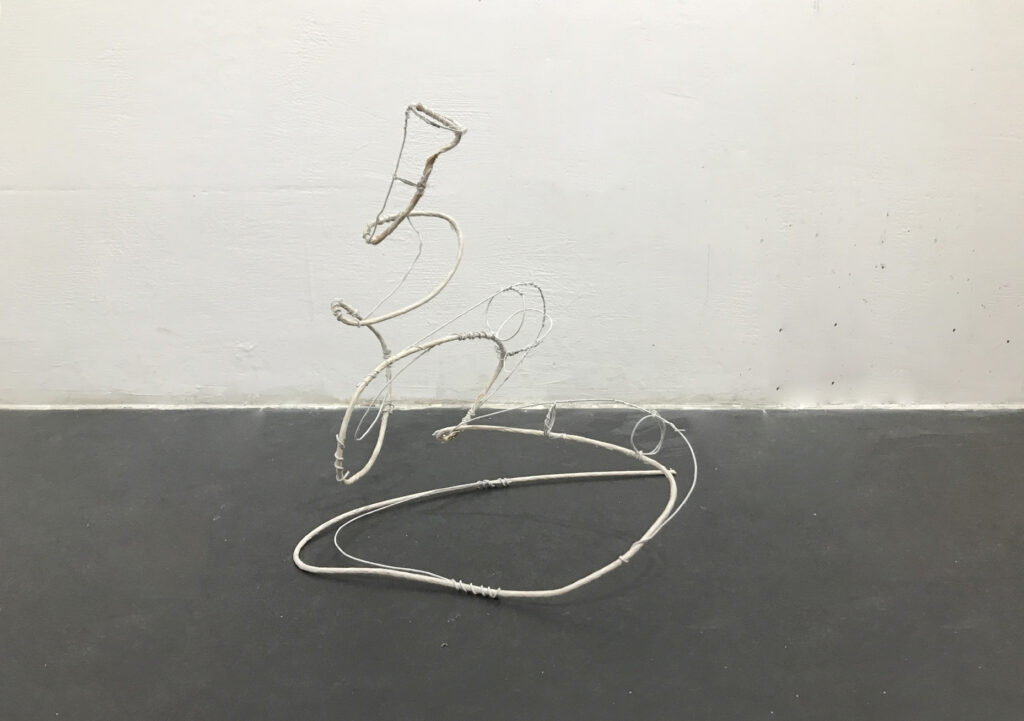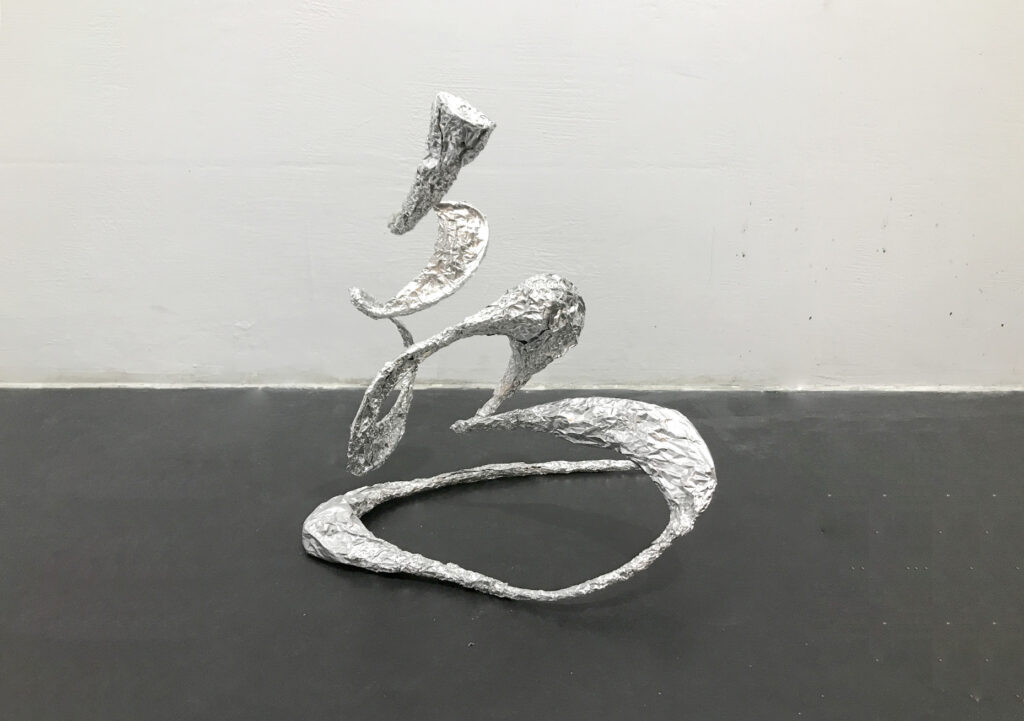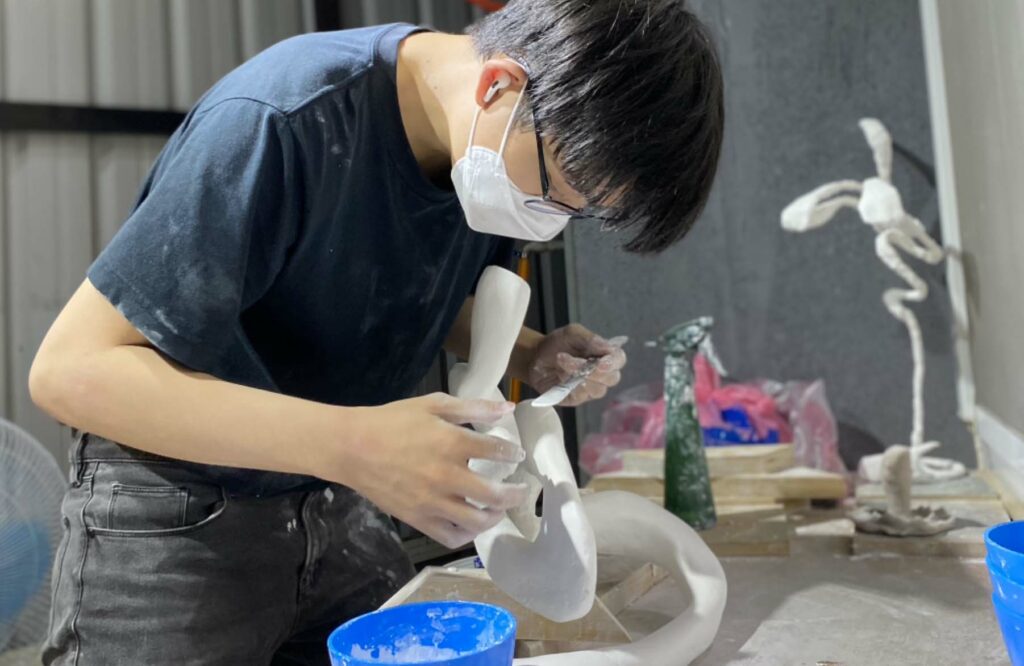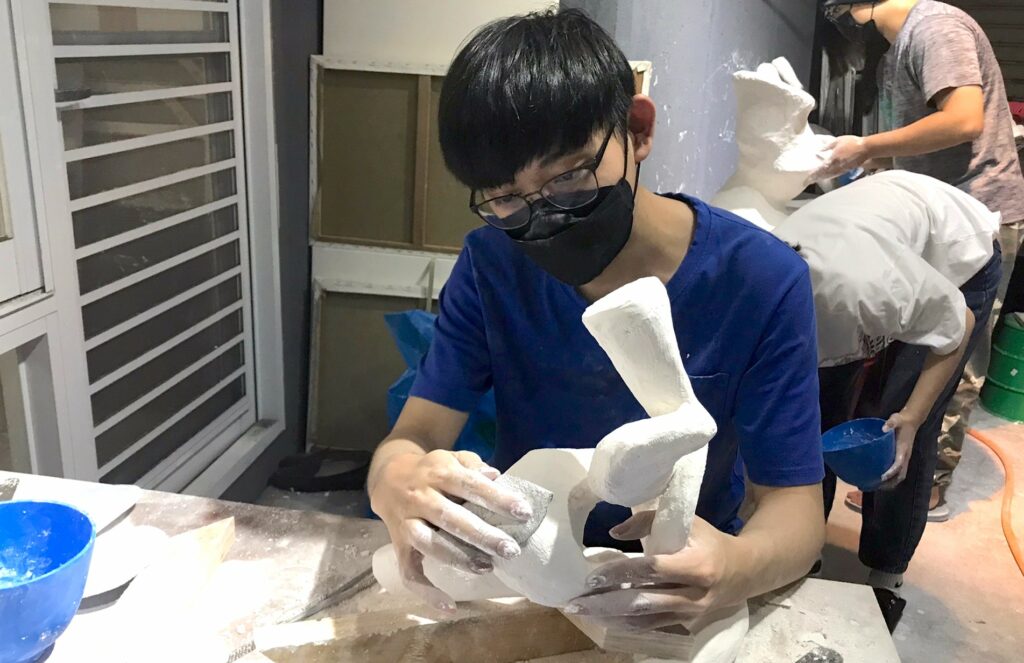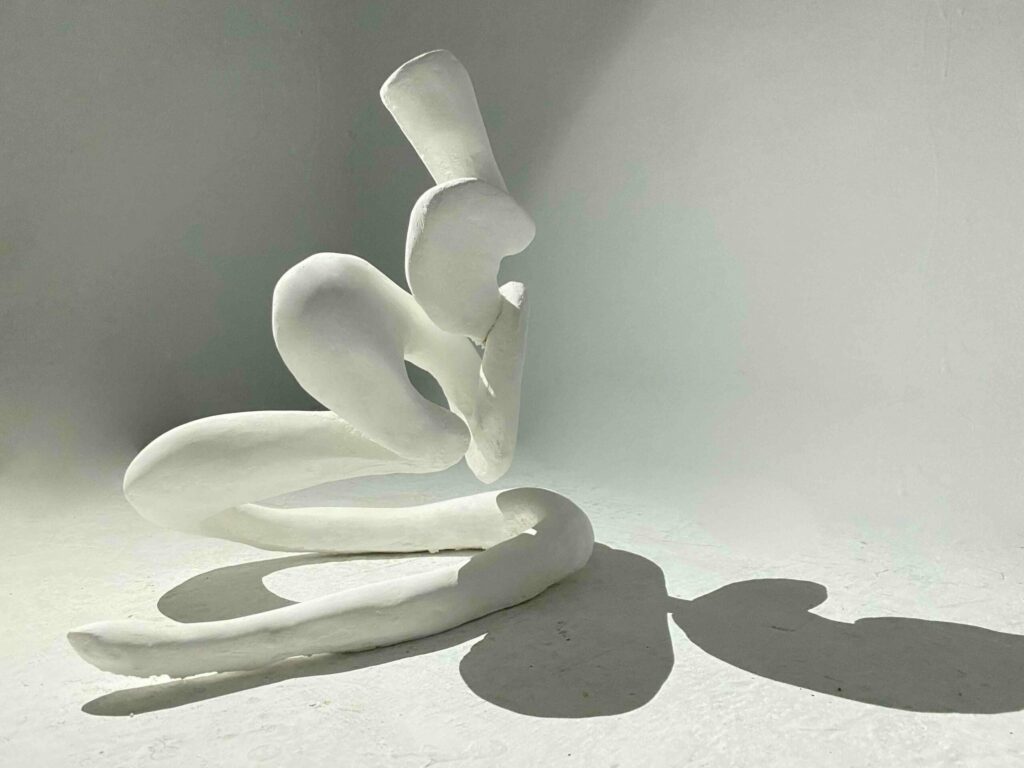"YONG" Abstract Sculpture
OVERVIEW
In Chinese calligraphy, the character "永" covers all the strokes of regular script; hence, it is known as the "Eight Principles of Yong." There are many different structures in the field of calligraphy, so I chose cursive script because it embodies the spirit of this art form. Cursive script is a way of deconstructing Chinese characters, so I tried to use a simplified approach to represent the three-dimensional form.
Duration.
2023

